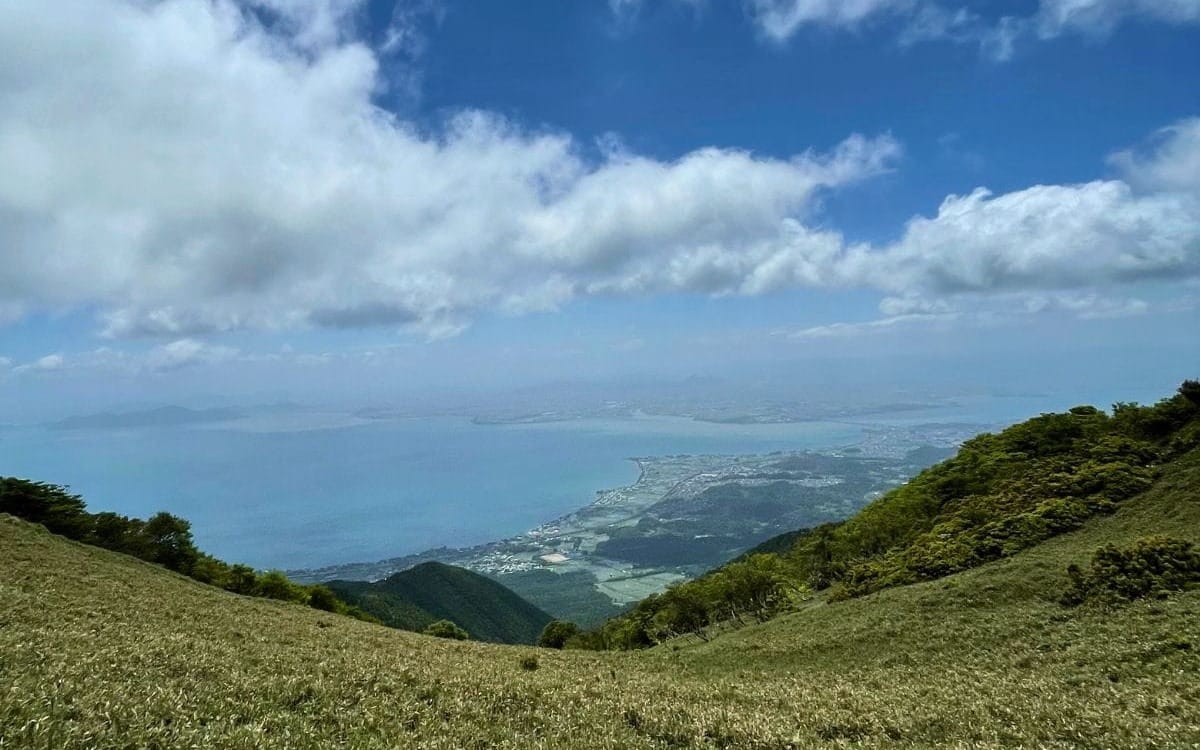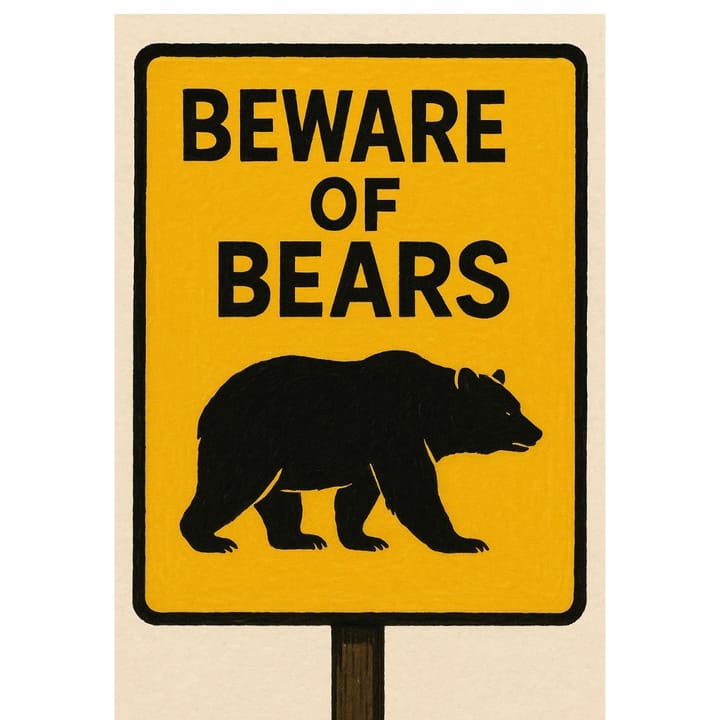Stay Safe on Kyoto’s Trails
How to Deal with Mosquitoes, Leeches, and More

Kyoto’s mountains are generally safe, but hikers—especially in the warmer months—may meet a few unwelcome creatures. Knowing what to expect and how to respond can make the difference between a peaceful hike and an uncomfortable one.
Below are the most common (and sometimes dangerous) wildlife you might encounter in Kyoto’s forests, along with tips on how to stay safe.
🦟 Mosquitoes — Common and Annoying
When & where: Active May to October; they love shady, humid areas near rivers, dense forest, tall grass, and still air.
Risks: Not dangerous, but itchy bites can last for days.
Protection:
- Wear long sleeves and pants.
- Apply insect repellent (DEET or picaridin) to exposed skin—don’t forget ankles and neck.
- Keep moving; mosquitoes are more likely to bite if you stop. If bitten: Anti-itch creams are available in any drugstore in Japan.
🩸 Yamabiru (山ビル) — Mountain Leeches
When & where: June to October, especially after rain; in wet leaf piles and grass.
Risks: Not dangerous but unpleasant—they latch on and suck blood painlessly, sometimes leaving small wounds.
Protection (evidence-based):
- Use DEET-based repellent on shoes, socks, and pant cuffs.
- Wear long socks and tuck pants in; close gaps in clothing.
- Carry salt or rubbing alcohol—sprinkle to detach leeches safely.
- Avoid pulling them off with fingers (can damage skin).
🐝 Suzumebachi (スズメバチ) — Giant Hornets
When & where: Late summer to early autumn; peak activity and aggression in late September.
⚠️ Be especially careful around late September, when their colonies are largest and most aggressive. This is their peak season—many nests are full of new queens, and the workers become very defensive.
Risks: Aggressive if near their nest; multiple stings can be dangerous.
Protection:
- Wear neutral-colored clothing; avoid black, red, and bright colors.
- Skip perfumes or scented lotions.
- If one approaches, stay calm and walk away slowly—don’t swat.
If stung: Seek immediate medical care if you have dizziness, swelling, or breathing trouble.
Tip: Most hornets ignore you if you give them space.
🐍 Mamushi (マムシ) — Japanese Pit Viper
When & where: April–October; in fields, low mountain trails, or near water.
Risks: Venomous; bites can be serious, but snakes are not aggressive unless startled.
Protection:
- Watch where you step and place your hands.
- Don’t put your hands in holes or under rocks.
- Give any snake plenty of space; don’t try to catch or kill it.
If bitten:
- Keep the limb still and at/below heart level.
- Do not use a tourniquet, cut the wound, or try to suck out venom.
- Get medical help immediately—within 1 hour if possible.
- If safe, take a photo of the snake to help doctors identify it.
My note:
In 15+ years of hiking Kansai, I’ve seen snakes often but never had a problem—calmly waiting is usually all it takes.
🐗 Inoshishi (イノシシ) — Wild Boars
When & where: Early morning or evening, especially in winter; sometimes near towns.
Risks: Usually avoid humans; may be aggressive if cornered or with young.
Protection:
- Don’t run—back away slowly.
- Never feed them.
- Make noise while hiking so they keep away.
🐻 Kuma (クマ) — Bears
When & where: Very rare on main Kyoto trails; more common in northern Kyoto Prefecture and Shiga’s remote mountains.
Risks: Dangerous if surprised or with cubs.
Protection:
- Wear a bear bell or make noise.
- Check for local bear warnings before remote hikes.
- Avoid hiking alone in autumn when bears forage for winter.
✅ Final Thoughts
Hiking in Kyoto is generally safe, but being aware of these animals—and how to deal with them—keeps both you and the wildlife safe. Respect nature, stay alert, and your hikes will be both peaceful and memorable.







